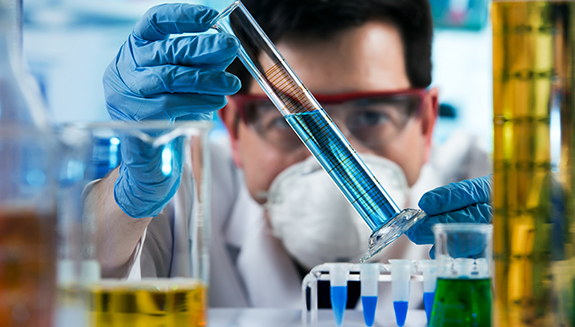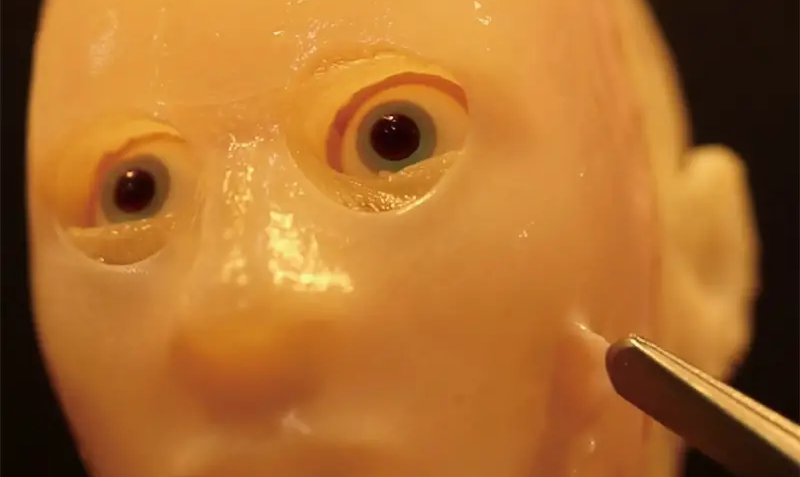The water we use and drink every day plays a significant role in our collective livelihood. While we often consume public drinking water without much thought, the truth is that it may contain long-lasting artificial, bioaccumulative chemicals that can cause harm to our long-term health. These “forever chemicals” are known as per- and polyfluoroalkyl substances (PFAS).
This article was written by Chloe Caldwell and originally published by California Business Journal.
Unfortunately, PFAS contaminants have been detected in over 60% of public wells in the US, affecting all 50 states. Exposure to these harmful chemicals has been associated with cancer, thyroid problems, reproductive problems, and a host of other health problems, according to Dennis P. Calvert, the CEO of BioLargo, Inc.
BioLargo is a cleantech company that’s dedicated to creating innovative solutions for the toughest environmental problems through innovative platform technologies. One of the pressing issues they solve is PFAS contamination in water.
PFAS is a hot topic right now. In fact, the US Environmental Protection Agency (EPA) recently announced new public drinking water health advisories for four PFAS compounds in an effort to reduce citizens’ exposure to PFAS and pressure municipalities to take steps to remove PFAS from their water.
Based on the guidelines of the new advisories (one of which works out to what would be only a few drops of PFAS chemicals in a stadium full of water), it is clear that the EPA recognizes the crucial need for technologies that can remove PFAS from the country’s water. That’s where BioLargo comes in.
“We realized early on that PFAS was going to be a contaminant of high interest for consumers,” says Calvert. “We saw the way the wind was blowing, so our engineers got to work on an effective, affordable solution for treatment before news of these contaminants really hit the mainstream.”
This eco-conscious company has engineered an effective, sustainable technology that can help cities around the globe protect their citizens from PFAS while keeping environmental impact of treatment to a minimum. The technology, called the BioLargo Aqueous Electrostatic Concentrator (AEC)removes more than 99% of PFAS from water while generating less than 1/1000 the solid waste that other PFAS treatment technologies create. Thus, the AEC empowers municipalities to meet the updated EPA guidelines without creating a mountain of waste that needs disposal, and it features an ability to dial in the system to achieve the desired target removal rate, which was proven in trials that achieved results below a level that is detectible by current testing technologies.
The BioLargo team has developed its state-of-the-art technology to focus on high removal of PFAS and low solid waste production to make it an efficient solution for removing PFAS in the long-term compared to other common technologies that may struggle to hold high efficiencies for long periods of time.
Other newcomers in the PFAS treatment space tend to focus solely on the destruction of these harmful chemicals. While these pose valuable potential tools in the fight against PFAS, most of them are in their infancy and have myriad technical hurdles before they can be adopted. In contrast, BioLargo is homing in on how to remove and dispose of the waste right now while also planning for justifiable destruction techniques in the near future.
So, how does it actually work? While the heart of the innovation remains classified, Calvert and BioLargo’s Director of Commercialization, Tonya Chandler, walked us through its advanced PFAS removal process: “To begin, the BioLargo AEC applies an electric current across flowing water in a specialized chamber. As a result, the PFAS molecules migrate through the cell and get fused to proprietary membranes”.
She continued, “Eventually, those membranes can be easily and affordably disposed of. Plus, in order to take any danger and hassle out of the equation, BioLargo takes on the disposal of the resulting hazardous waste for all of its clients. The market response has been excellent as are just getting started with a very large PFAS remediation project at an industrial site and have multiple channel partners bringing projects to us. We expect to be busy in this area for at least a decade.”
Human health, leading engineering mechanisms, and sustainability are at the center focus of the AEC and BioLargo as a whole. The company’s industry-leading advancements use eco-friendly techniques and technologies to move the world’s health and environmental causes forward while keeping the lives of its clients and consumers at the core of everything the company does.
“The focus of a cleantech sustainable business, in our opinion, is to create the greatest impact and value. It’s good for commerce, good for the planet, and good for people,” says Calvert. “If you can do all three and focus on sustainable innovation, many times you become the clear choice winner in the market. So that’s our focus.”
Monitoring the removal of PFAS in water and continuing to develop further environmentally aware technologies is no easy job, but BioLargo is up for the challenge. “True innovation takes courage and persistence in the face of entrenched interests and human stubbornness,” remarks Calvert. “It takes courage to champion something new and different.”





